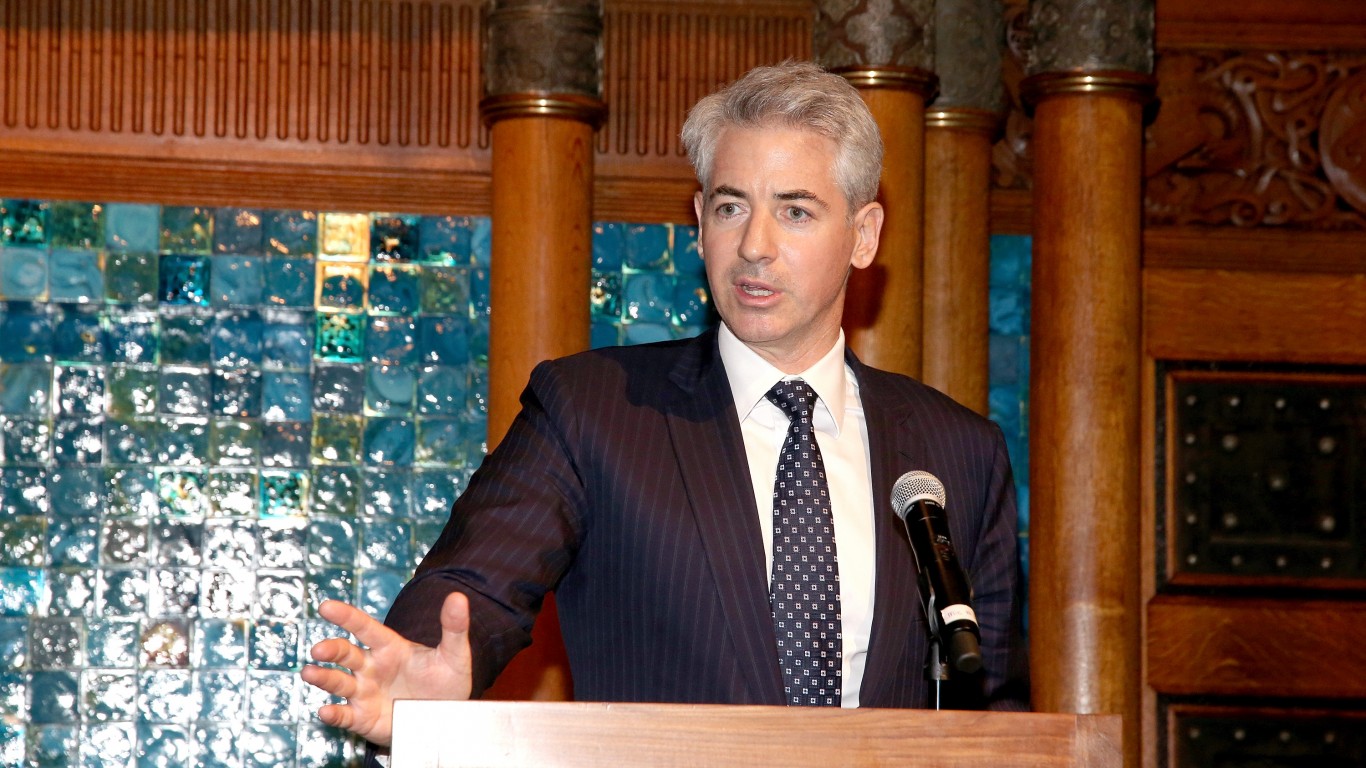It can be very dangerous for a Federal Reserve president to speak on the last business day ahead of a holiday. After all, most of the A-team traders and investors already had their foot out the door the day before or in the early morning hours. That has put the focus on Janet Yellen’s speech this Friday at the Providence Chamber of Commerce.
While many investors were worried about might get said after the stable consumer price index reading on consumer inflation, it turns out that Yellen has given what seems like a more dovish speech. There was a clear communication that the first interest rate is coming in 2015. Still, there was a tempering of the fast and furious desire to raise rates, with the reminder that rates might take years to return to their historical norms.
24/7 Wall St. issued this week a list of 10 reasons the Fed cannot panic on rate hikes. The reality is that this view has not changed at all, even after some interpreted this week’s minutes from the April FOMC meeting as being more hawkish.
Yellen’s speech on Friday said about inflation:
Inflation has been held down by the continued economic weakness during the slow recovery and, more recently, by lower prices of imported goods as well as the fall in oil prices. With oil prices no longer declining, and with the public’s expectations of future inflation apparently stable, my colleagues on the Federal Open Market Committee (FOMC) and I believe that consumer price inflation will move up to 2 percent as the economy strengthens further and as other temporary factors weighing on inflation recede.
ALSO READ: 4 Stocks to Buy for the Coming Interest Rates Increases
She gave two economic headwind views on Friday. The first was that the housing crash left many households with less wealth and higher debt, weighing on consumer spending. While that has diminished and is expected to keep improving, it was still called a concern by Yellen. The second headwind came from changes in fiscal policy to reduce budget deficits. On the second notion, she said:
Overall, fiscal policy actions at both the federal and the state and local levels look like they are no longer a significant drag on economic growth. So this headwind, I hope, is mostly behind us.
Still, a third headwind is one that has sort of become an unofficial third mandate of the Fed: weak international economies elsewhere. Yellen did not go into deep detail here, but this is where the guts of the reason you do not have to panic about rate hikes comes into play. She said:
Initially the euro-area crisis was the biggest headwind coming from the rest of the world. Supported by monetary stimulus, reduced fiscal drag, and significant institutional reforms, the recovery in the euro area now appears to be on a firmer footing. However, growth in many other parts of the global economy, including China and some other emerging market economies, has slowed. Weak growth abroad, together with its accompanying implications for exchange rates, has dented U.S. exports and weighed on our economy. This headwind too should abate as growth in the global economy firms, supported by monetary policies that generally remain highly accommodative.
The capstone of Yellen’s speech said:
Putting it all together, the economic projections of most members of the FOMC call for growth in real gross domestic product of roughly 2-1/2 percent per year over the next couple of years, a little faster than the pace of the recovery thus far, with the unemployment rate continuing to move down to near 5 percent by the end of this year. And for inflation, as I noted earlier, my colleagues and I expect inflation to move up toward our objective of 2 percent as the economy strengthens further and as transitory influences wane.
ALSO READ: Why the Fed Cannot Panic on Rate Hikes
Get Ready To Retire (Sponsored)
Start by taking a quick retirement quiz from SmartAsset that will match you with up to 3 financial advisors that serve your area and beyond in 5 minutes, or less.
Each advisor has been vetted by SmartAsset and is held to a fiduciary standard to act in your best interests.
Here’s how it works:
1. Answer SmartAsset advisor match quiz
2. Review your pre-screened matches at your leisure. Check out the advisors’ profiles.
3. Speak with advisors at no cost to you. Have an introductory call on the phone or introduction in person and choose whom to work with in the future
Thank you for reading! Have some feedback for us?
Contact the 24/7 Wall St. editorial team.





